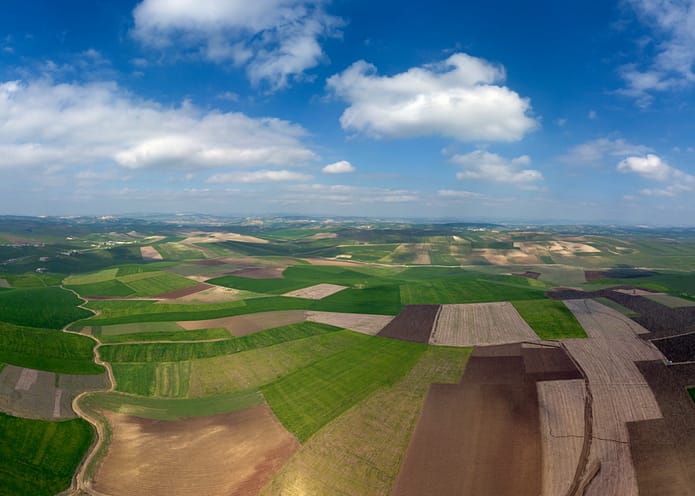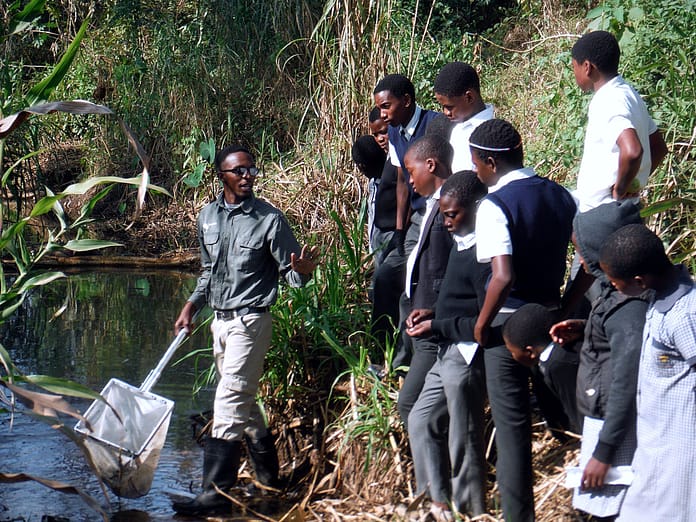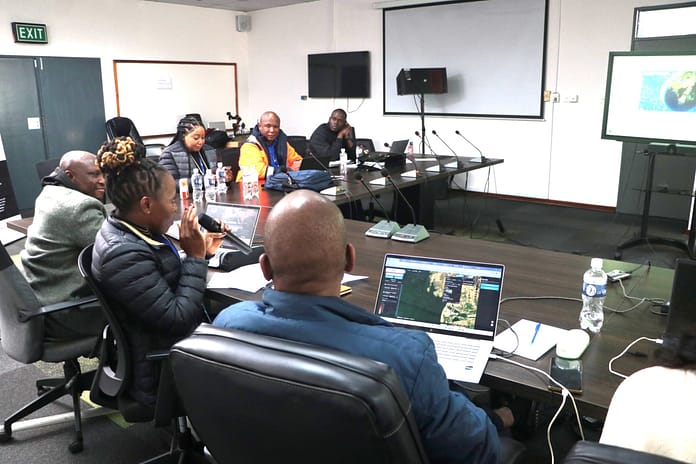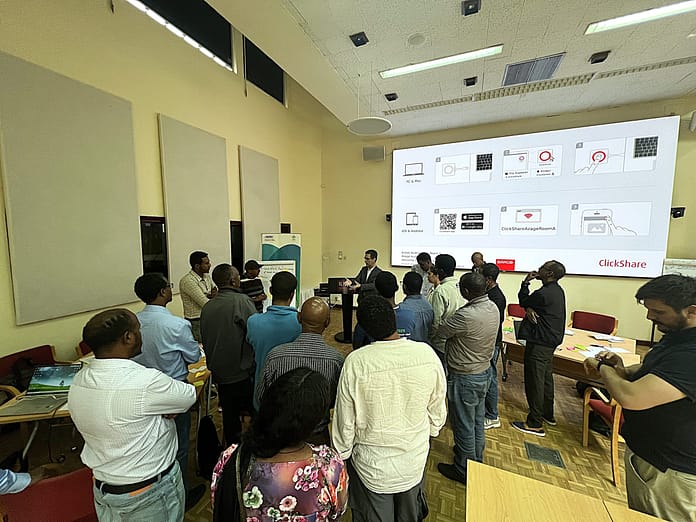It appears almost magical how Generative Artificial Intelligence (GenAI) can come up with nearly anything it is asked for. But can it be used to assist with water management? Many young graduates are often unaware of how groundwater shapes livelihoods, agriculture, and socio-economic dynamics. They only come to understand the complexities of water management after entering the development sector. While many academic programs and initiatives aim to address this knowledge gap, efforts remain fragmented, leaving development sector entrants without a unified understanding of critical groundwater resources.
To fill this knowledge gap, a group of researchers from the International Water Management Institute (IWMI) created a groundwater game that uses GenAI to simulate real-world water management challenges in an engaging way to bridge the divide between classroom education theory and on-ground practice.
This five-level game, developed using ChatGPT 3.5, takes the players through various challenges of groundwater management and its multisectoral interdependencies. Responses to situations and challenges are weighed by a large language model (LLM). As one progresses through the levels, the player gets an idea of the complexities of decision-making for groundwater management.

Water sector and AI
In recent times, Generative AI’s capability to create new content by learning from existing data (image, text, sound and any other form of data) has advanced significantly. With proper training, AI has the potential to act as a stand-alone assistant for local decision-makers, offering tailored insights and simulating scenarios for sustainable development.
AI’s use in the water sector is increasing. IWMI has been leading this trend with a number of projects to thoughtfully integrate AI-based tools into our practices, while learning from the lessons of past technocratic approaches in fields like water management.
For example, the Digital Twin model for the Limpopo Basin in Southern Africa uses an AI-driven platform that integrates 3D modeling, real-time monitoring, forecasting and scenario modeling. The e-ReWater platform helps to improve wastewater reuse in the MENA region by using a Google supported tool that harnesses AI and satellite data. Digital Earth Africa’s practical mapping tools translate complex hydrological data into plain-language summaries or visualizations, while Google Earth Engine’s combines satellite imagery and geospatial datasets with planetary-scale analysis capabilities. Open Data Cube’s streamlined dataset processing highlights how digital technologies and growing data sources enhance AI’s role in water management.
Beyond operational use, GenAI shows promise for serious games — games designed for learning, education, training, or research. Here, GenAI can power immersive simulations, like water quality games based on the NatureDots’ AquaNurch system, engaging stakeholders in interactive, data-rich environments to enhance learning and decision-making. Experimentations are happening globally. The following traces an example and reviews AI’s efficacy in aiding water governance.
A serious AI-powered groundwater game
The IWMI-Tata Water Policy Program (ITP), in collaboration with the Viksit Labs Foundation, a technology non-profit working towards sustainable development goals with a focus on rural areas, explored the opportunities and challenges of developing a large language model (LLM)-based game as an educational tool to illustrate the decisions involved in groundwater governance. LLM is a type of AI trained on massive text datasets to understand or generate human-like language for tasks like interpreting data or creating scenarios. The experiments used OpenAI’s GPT-3.5-Turbo LLM, a GenAI model able to create and understand text.
ITP developed a serious game for frontline workers and community resource persons new to groundwater governance. The game helps players understand the complexities and interactions in groundwater management, especially at different geographic and administrative levels. The single-player, five-stage game uses system prompts to guide the LLM’s responses and set up the game design and mechanics. As the players progress through the game’s stages, they are given dynamically generated challenges introducing the complexities of managing groundwater, including the links with sectors like agriculture, energy, construction, urban development, etc. To successfully progress to the next level, the player must solve the challenge by suggesting steps and trying to reduce negative externalities.
The challenge starts with something small, like promoting solar irrigation pumps in a village. Once the player has developed a ‘satisfactory’ strategy to promote the pumps, the next challenge is to address the financing given the high cost of solar panels. As the game progresses, negative externalities like groundwater depletion pop up, and the geographical area of decision-making increases to further add to the complexity. The AI ‘evaluates’ the responses, and the pros and cons of the responses are provided. Once the player’s response is deemed ‘satisfactory’ by the AI, the player progresses to the next level.
The game’s first iteration has been tested by experts with decades of experience in the groundwater domain and the development sector. While still in its early stages of development and requiring further expert and user evaluation, these initial tests have shown potential.
Moving forward, a couple of changes will be addressed in the game. First would be to reduce the hallucinations through Retrieval Augmented Generation (RAG) and Reinforcement Learning using Human Feedback (RLHF) to reduce errors, biases and made-up answers (hallucinations) that were observed in a few cases. Second is to focus more on the Human-Computer Interaction (HCI) component and revisiting some of the reward mechanisms. This will also include adding more visual components to the text-based responses. With these changes, we now look forward to a large-scale user study as an opportunity to better assess the game’s potential in fostering a more nuanced understanding of groundwater management.

Pathways toward shaping AI for a water-secure future
As we explore the integration of Generative AI in water governance, it’s clear that technology alone cannot guarantee better decisions. The promise of AI lies not just in its predictive power or efficiency, but in how thoughtfully it is embedded into real-world contexts where water access, equity, and sustainability are at stake.
Acknowledging and addressing the limitations — such as biases, hallucinations, and data gaps — must be central to any deployment strategy. In the case of groundwater management, where decisions are deeply complex and context-specific, overreliance on AI outputs without critical scrutiny could reinforce flawed assumptions or exclude local realities.
Aligning with IWMI’s Strategy 2030 and the broader push toward achieving the Sustainable Development Goals (SDGs), the path forward requires more than technical fixes — it demands a commitment to transparency, inclusivity, and a clear understanding of how AI tools shape, and are shaped by, governance processes.
The opportunity now is not just to use AI for water management, but to shape its role in a way that genuinely supports resilient, just and sustainable water futures.
















